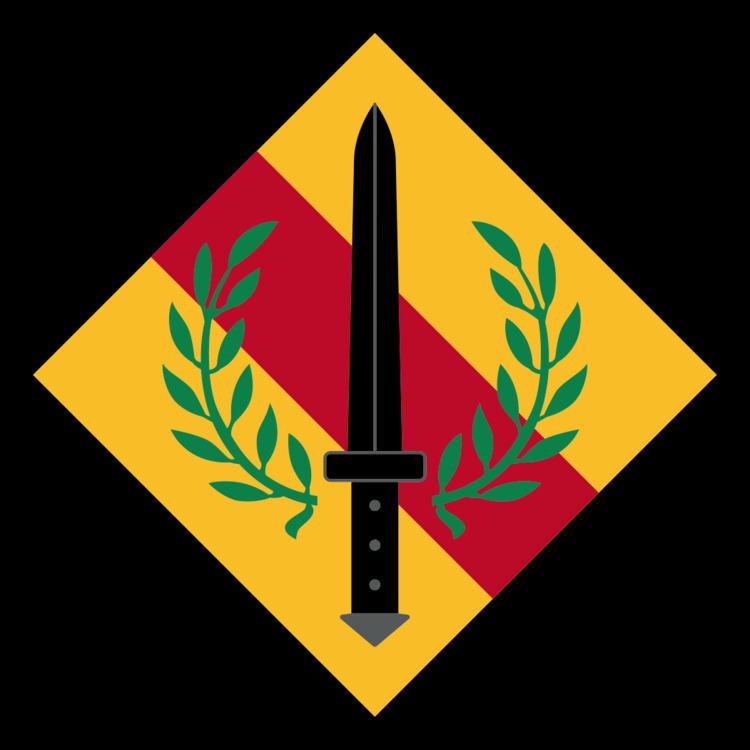Active November 1, 2010 – Size More than 3000 | Type Consequence Management | |
 | ||
Commander COL Wallace E. Steinbrecher | ||
The 201st Regional Support Group (201st RSG) is a regional support group of the United States Army and the Georgia Army National Guard. It was established as of October 1, 2013 from the former 78th Homeland Response Force. It is formally designated the "'FEMA Region IV HRF / 201st RSG"'. On November 1, 2010, the 78th Troop Command became the 78th Homeland Response Force. On October 1, 2013, it took its current designation.
Contents
Once home-stationed in Decatur, it has, since Jan. 11, 2011, occupied the former headquarters of Naval Air Station Atlanta at what has become the Clay National Guard Center since late September 2009. As 2011 progressed, many of the units that make up the FEMA Region IV HRF have been relocated from their present armories to facilities at Clay.
Mission
The Region IV HRF / 201st RSG mission is to man, train and equip a homeland response force that can provide a response capability to assist civil authorities in saving lives and mitigating suffering in response to a chemical, biological, radiological, nuclear, and explosives incident. At the same time, the 78th must provide trained and ready troops to support overseas contingency operations.
The HRFs are designed to foster a dialogue between regional first responders and other agencies. The FEMA Region IV HRF plays an important role at the regional level in terms of helping develop and build regional plans and in working with southeastern emergency managers to build a functioning and cohesive connective tissue at the regional level. One of the important concerns the HRF construction seeks to alleviate is the need to respond to multiple, simultaneous disasters. Through these HRFs, the Georgia Department of Defense has the federal capacity to command and control response to multiple disasters or emergencies throughout the nation, simultaneously.
Deployments
Since Sept.11, 2001, every unit assigned to the Region IV HRF has mobilized and deployed in support of Overseas Contingency Operations, serving in Iraq, Afghanistan and various military bases across the United States.
On February 8, 2009, The 110th Combat Sustainment Support Battalion prepared to deploy to Iraq for a year-long mission. While there, the 110th acted as higher headquarters for active, Guard and Reserve units, while also upgrading and repairing the equipment destined for return stateside as part of the draw-down of forces from Iraq.
In Spring 2011, the 201st Regional Support Group-Agriculture Development Team 1 deployed to Southeastern Afghanistan. It is the first of three such Georgia Teams that are part of the National Guard Program to help the Afghans improve their farming and agribusiness techniques, thereby enhancing the country's agricultural economy and steering Afghan farmers away from growing poppy, which is used for making heroin.
Units
Other HRF locations
There are ten HRFs in the National Guard throughout the nation, one per FEMA region. This allows closer and more familiar correspondence with regional and civilian responders. As a result, the reaction time to disasters will be much faster due to geographical locations. The 10 HRF (one per FEMA region) Guard Forces will consist of 577 personnel and be composed of:
